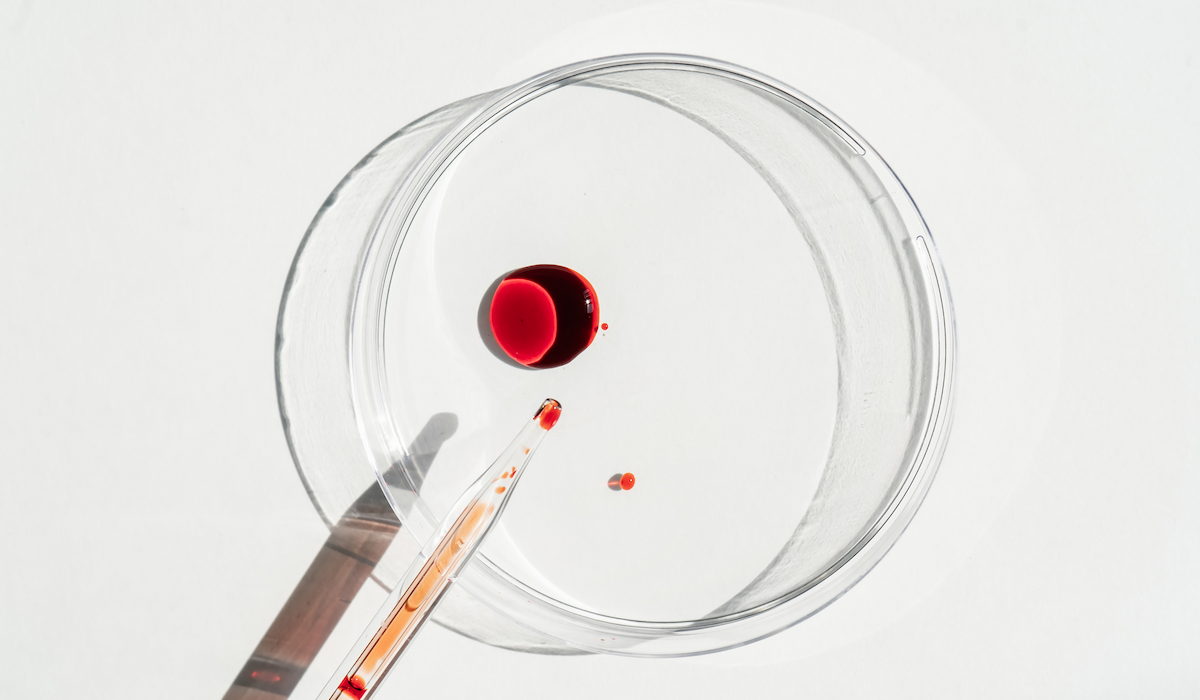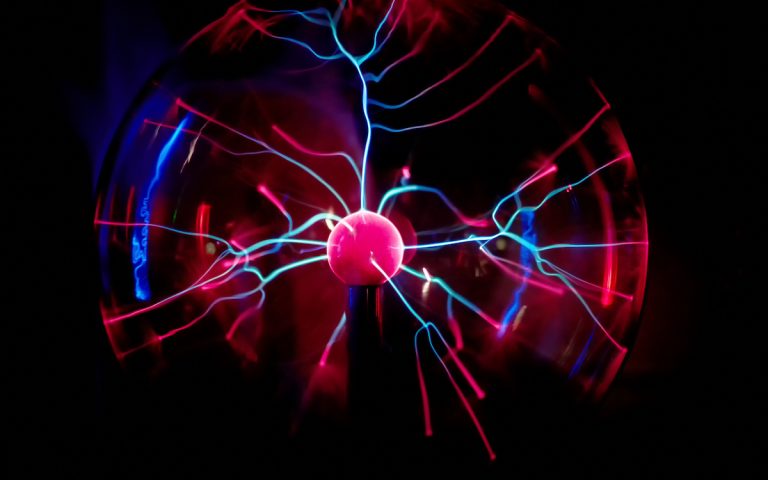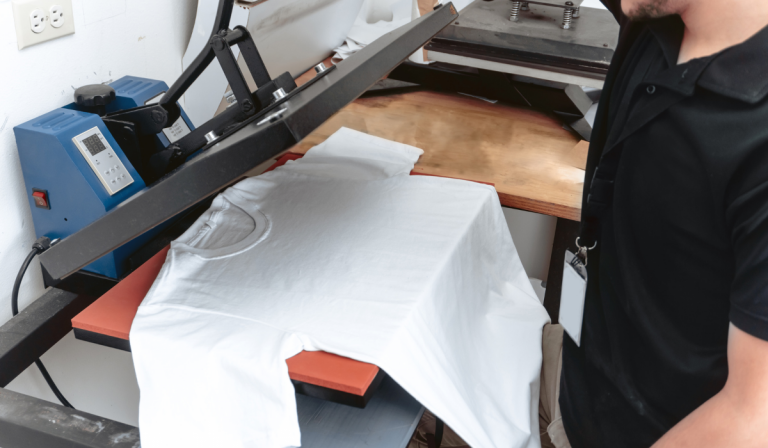27 Cool Facts About Human Blood
There’s no denying that our bodies are amazing and do a fantastic job under the surface keeping us going every day. We all know that blood performs a vital role within the body, carrying oxygen and necessary nutrients to cells and organs. We also know that it’s red and can clot to stop bleeding when we cut ourselves.
But how much do you really know about blood?
Have you ever wondered why your veins look blue underneath the skin? Or what makes blood red? If you’re fascinated by your insides or just curious about this bodily fluid, then the best source of trivia knowledge is, well, the Internet!
So here are 27 cool facts about human blood that you probably didn’t know unless you’re some kind of blood-nerd.
1. The average human body contains 10 pints of blood.

The actual amount of blood in the human body depends on factors such as height, weight, and gender. Men have more blood than average women because of body size.
Pregnant women may have 10% more blood in her body, hence the reason it is a common myth that pregnant women “glow.”
2. Blood is being constantly produced in the bone marrow.
While we’re all familiar with the concept of blood donation, when a person donates blood, they replenish back their blood supply in about 48 hours.
Your marrow produces 2.4 million red blood cells every second.
3. Blood comprises 54.3% plasma, 45% red blood cells, 0.7% white blood cells, and less than 1% platelets.
Plasma makes up more than half of the volume of blood. It is primarily a liquid with dissolved proteins, hormones, glucose, clotting factors, carbon dioxide, and waste products.
4. Your blood is red because of hemoglobin.
The iron contained in the center of the hemoglobin molecules gives blood its bright red color. When blood loses its oxygen, it appears darker, which causes bruises to appear as they do: purple and blue.
5. The human heart creates enough pressure when it pumps to squirt blood 30 feet.
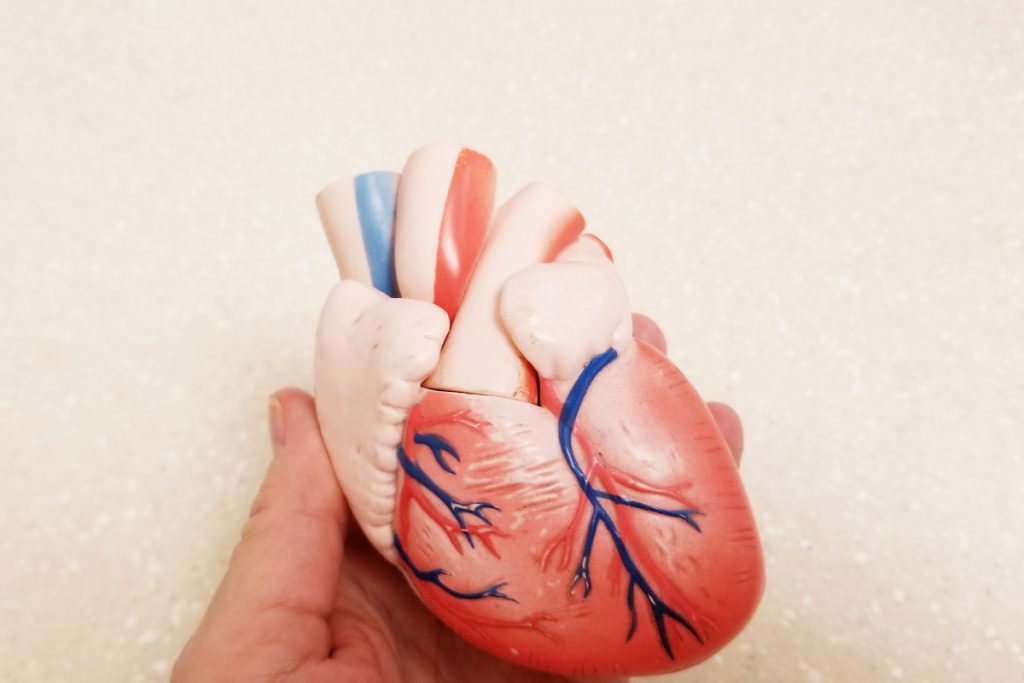
If the heart doesn’t pump, blood will not flow through your body. When the right ventricle of the heart contracts (squeezes), this pumps blood into the lungs; when the left ventricle contracts, this pumps blood into the body.
6. The average red blood cell lives about 120 days in the human body before being destroyed and replaced by a new one.
Without red blood cells, we would not be able to transport oxygen or carbon dioxide to tissues in our bodies.
Red blood cells (erythrocytes) work tirelessly for 120 days before going to the spleen and liver to be destroyed.
7. A blood cell is only 7.8 microns across at its widest point.
The average red blood cell is approximately 6 microns in diameter and 2 microns thick. In comparison, a strand of human hair measures 50–90 microns in diameter.
8. One blood cell takes only 60 seconds to make a complete circuit of the body.
The average red blood cell only has a life of 120 days, but they don’t sit idly by. In that time, it makes about 60,000 round trips from the heart to the lungs to the body and back.
9. There is a blood type known as ‘Bombay Blood’ or ‘hh.’
This rare blood type was first discovered in 1952 in Mumbai, India. It’s so rare that only 0.0004% of the human population is known to have it.
10. Blood types are inherited; you must inherit one of your parent’s or grandparent’s blood types.
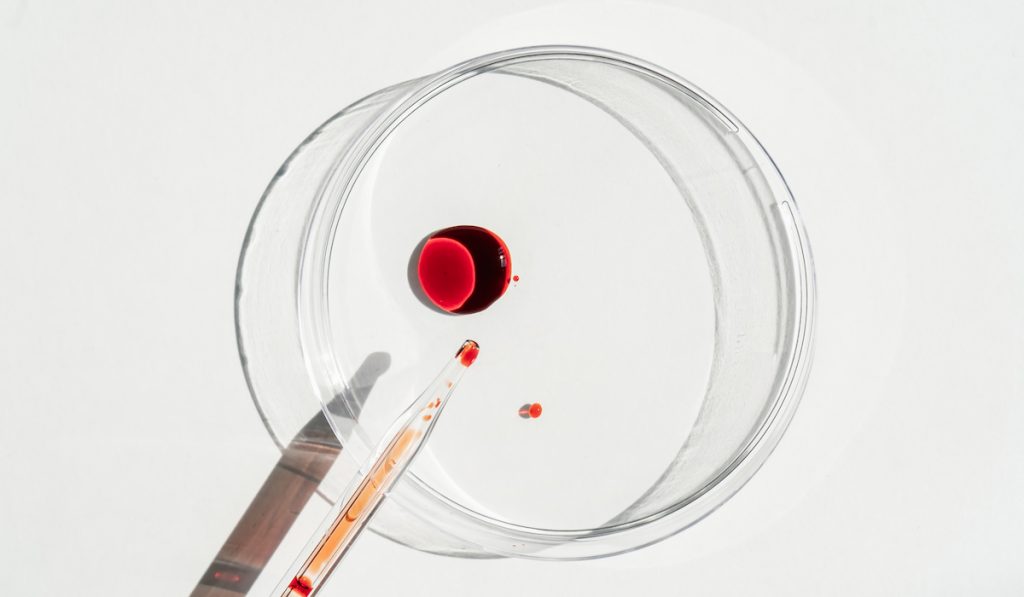
Genes determine the ABO Blood group system. You get an A or B gene from your mom and dad. If you don’t get A or B genes, you’ll be type O.
11. The rarest type of blood in the world is called ‘Golden Blood’.
There are only about 40 known people who have this rare blood in the world. In a nutshell, it is so rare that it was found in aboriginal Australians.
12. People with sickle cell disease produce abnormal red blood cells.
Sickle cell disease is an inherited blood disorder in which the body produces sickle or crescent-shaped red blood cells. These deformed cells cannot carry oxygen properly, causing many problems.
13. Hemophilia is a disorder in which one’s blood doesn’t clot.
People with hemophilia have blood that takes much longer than average to clot, if at all. This makes even tiny cuts very dangerous. The disorder is passed down through families.
14. The fetus inside a pregnant woman does not carry the mother’s blood.
The baby produces its own blood from the liver. Only nutrients are sourced from the mother through a barrier called the placenta.
15. Ancient doctors had recipes for blood-letting.
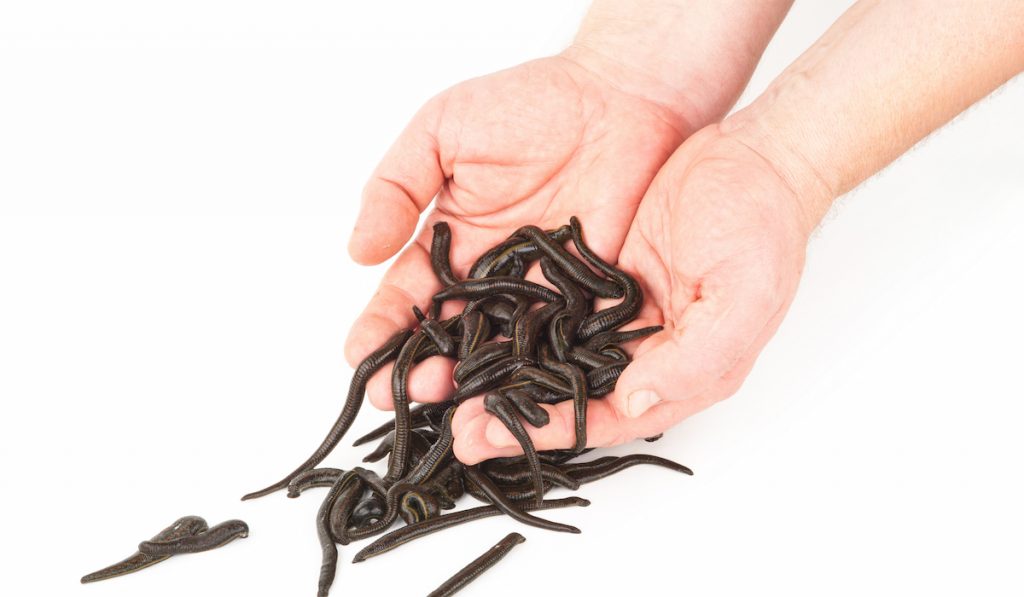
Bloodletting was a popular treatment among the ancient Egyptians and Greeks. Blood was drawn from a patient through leeches, vein incisions, or even cupping glasses.
16. The most common blood type is O positive.
38% of people in the world have O-positive blood, making it the most common blood type.
17. No, your blood does not define your personality.
Blood type is actually determined by proteins, not personality traits or anything like that. There is no proof that blood type has any significant correlation with personality.
18. First blood transfusion between humans happened for a postpartum woman.
The first doctor to successfully transfuse blood was Dr. James Blundell, who treated a woman for postpartum hemorrhage in 1818.
19. A female mosquito can drink up to 3 times its own weight in blood.
Your chances of becoming a meal for a female mosquito are high. It can grow twice its size to accommodate your blood.
20. Renfield syndrome is Vampirism.

The disorder is a rare psychiatric syndrome for which the affected person thinks they need to ingest blood to live. Some individuals may actually drink blood or eat raw meat.
21. You can drink blood, but not as much as vampires.
Humans can drink human blood in small quantities, but of course, it’s not recommended. You can literally die of iron overdose if you take in too much blood. Plus, there is a risk of infectious diseases.
22. Mosquitos love ‘O’ blood type.
If you have an O blood group, chances are you are twice more attractive to mosquitos than people with other blood types.
23. Donated blood last for 42 days
Blood has a shelf life of only 42 days. That’s why blood banks need a steady supply of donors.
24. Blood is subtly repelled by magnets.
We know that iron attracts blood, but it only has a tiny impact on overall magnetization because of trace amounts. Water and oxygen are diamagnetic (repel magnet), so blood repels magnets.
25. For pregnancy detection, a blood test is about 99% accurate.
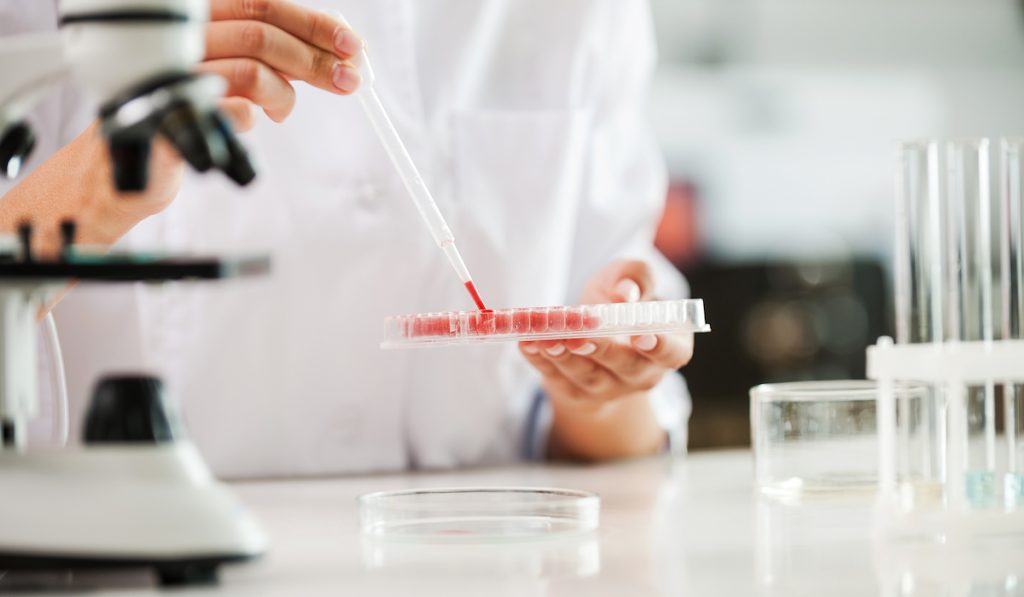
A doctor can find out if you are pregnant by checking your blood for the presence of a hormone called human chorionic gonadotropin (hCG). A blood test can detect pregnancy as early as 1 week.
26. Blood boils at approximately 212°F or 100°C.
The boiling point of human blood is similar to water; 212°F. At that temperature, it’s hot enough to cook your breakfast eggs.
27. Spleen is the slaughterhouse of blood.
The spleen filters old and damaged blood cells. Old and damaged blood cells go to the spleen to be destroyed.
Conclusion
So, there you have it, 27 interesting facts about blood that you can share with your friends.
We hope you found them interesting. Thank you for reading.
Resources
- https://www.scotblood.co.uk/news/fun-blood-facts/
- https://www.thoughtco.com/facts-about-blood-373355
- https://www.lifelinebloodserv.org/blood-facts
- https://www.donateblood.com.au/blog/lifeblog/fun-facts-about-blood
- https://iu.mediaspace.kaltura.com/media/25+Crazy+Things+You+Might+Not+Know+About+Blood/1_5ncxm6oz/99980141
- https://www.rrvbc.org/faq-items/30-fascinating-blood-facts/
- https://shine365.marshfieldclinic.org/wellness/surprising-facts-about-blood/
